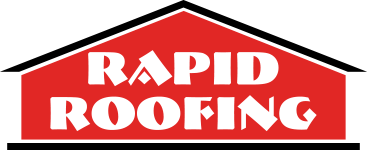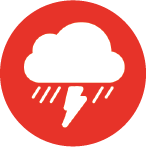Can You Get a New Roof Through Insurance? Your Guide to Navigating Coverage
“Can you get a new roof through insurance?” – Wondering about this? Yes, most homeowners insurance policies may cover the expense of a roof replacement if the damage is due to unforeseeable events such as storms or fires. This article will unpack your policy details, discuss the types of damages typically covered, and guide you through the roof insurance claim process, from assessment to working with contractors and adjusters.
Key Takeaways
-
Homeowners insurance typically covers roof damage from unexpected events like hail or windstorms, but not for damage due to age or poor maintenance.
-
To maximize insurance coverage, thoroughly document the damage, understand your policy details, and work with a reliable roofing contractor experienced in insurance claims.
-
If insurance doesn’t cover roof replacement, consider financing options such as home equity loans, personal loans, or contractor financing plans.
Understanding Homeowners Insurance and Roof Replacement

The first step in dealing with roof damage is understanding your homeowners insurance policy. Most policies cover roof damage caused by unforeseen or sudden events like hail, windstorms, and fire. However, not all types of roof damage are covered. For example, if your roof is over 20 years old or the damage is due to improper maintenance, your insurance might not foot the bill for roof repair.
Hence, familiarization with your insurance policy’s details is vital. This knowledge will help you ascertain the types of roof damage covered and those that aren’t. Equipped with this knowledge, you can take necessary steps to ensure that you get the best possible coverage for your roof.
Types of Roof Damage Covered by Insurance
Your homeowners insurance, which includes roof insurance, typically covers roof damage caused by weather events like windstorms, hail, and lightning strikes. For instance, if a tree falls on your roof during a storm, the cost of repairs is likely to be covered by your insurance. Moreover, damage caused by fire is usually covered as well. Hail damage, one of the most common causes of roof damage, is also generally covered by most insurance policies.
Nonetheless, keep in mind that the extent of coverage can differ significantly based on your individual policy and your state of residence. For example, some policies may not cover wind or hail damage in areas prone to hurricanes or tornadoes. Thus, it’s advisable to scrutinize your policy or seek advice from your insurance agent to gain full understanding of your coverage.
Exclusions and Limitations in Coverage
While homeowners insurance covers a wide range of roof damage, there are certain exclusions and limitations in homeowners insurance policies when it comes to roof coverage. For instance, in high-risk hurricane areas, your policy might limit or exclude coverage for wind damage. Furthermore, the age of your roof can significantly impact your coverage. If your roof is over 20 years old, your insurer may limit or deny your coverage for roof replacement.
In addition to these, homeowners insurance generally does not cover damages caused by neglect or improper maintenance. This means if you fail to keep your roof in good condition, any resulting damage might not be covered. Maintaining your roof diligently and collaborating with a trustworthy roofing company is imperative to avoid such issues.
Steps to Maximize Your Insurance Coverage for a New Roof
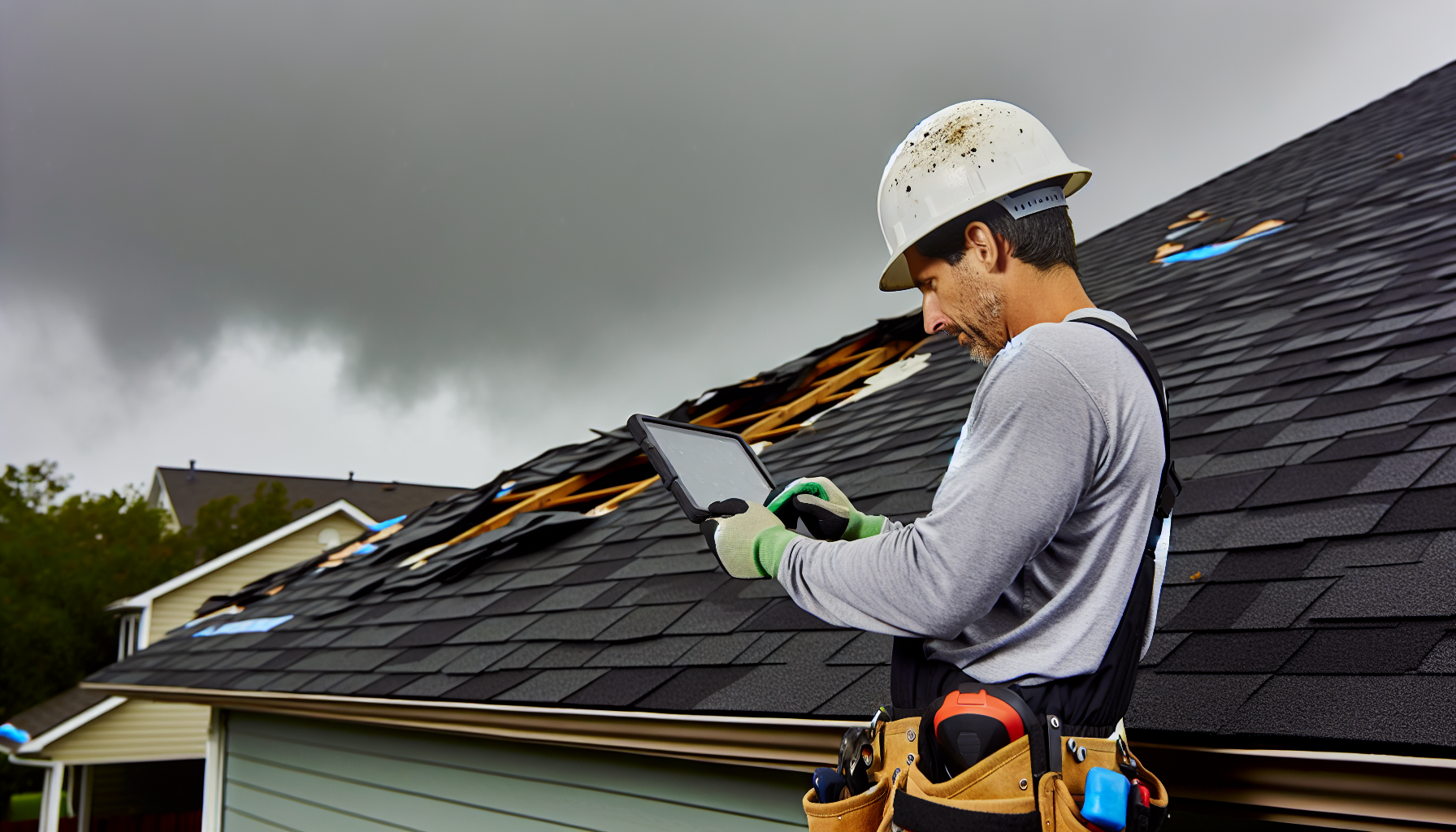
After gaining clarity on your homeowners insurance policy and the types of roof damage included, the subsequent step involves optimizing your insurance coverage. This involves assessing and documenting the damage, reviewing your insurance policy, and choosing a reputable roofing contractor.
When assessing and documenting roof damage, it’s important to be thorough. Take clear pictures of the damage from different angles and make temporary repairs to prevent further damage. Remember to keep a record of all the repair costs.
Next, review your insurance policy to ensure that the damage is covered and learn how to get insurance to pay. Be aware of any exclusions or specific reporting timeframes. Grasping these specifics is paramount for a successful claim, as having the right insurance to pay for the damages can make all the difference.
In conclusion, selecting a reputable roofing company is essential. Not only will they provide high-quality repair or replacement services, but they can also assist you in dealing with your insurance company and navigating the claims process.
Assessing and Documenting Roof Damage
If you’ve found roof damage, the first thing to do is document it. This process is a crucial part of ensuring a successful roof damage insurance claim. Signs of roof damage can include:
-
cracks, dents, or holes from hail
-
tears or peeling shingles from strong winds
-
dents on gutters
-
missing or damaged shingles
-
leaks or water stains on the ceiling
After documenting the damage, it’s important to consider roof repairs to prevent further issues.
When documenting the damage, follow good photography practices such as:
-
Using proper lighting
-
Capturing clear, detailed images
-
Including all visual evidence
-
Taking a sufficient number of photos from different angles to thoroughly document the damage
Proper documentation can significantly increase the likelihood of a successful insurance claim.
Reviewing Your Insurance Policy
Once the damage is documented, the subsequent step involves reviewing your insurance policy. This helps you understand if the damage is covered and any exclusions that may apply. If you’re unsure, don’t hesitate to contact your insurance agent for clarification. They can provide guidance on the specific coverage requirements of your policy.
While reviewing your policy, be aware of its limitations. For example, if your roof is older than 20 years, your insurance coverage for roof replacement may be limited or excluded. Also, remember that there are specific deadlines for filing claims. Failing to file your claim within these deadlines can lead to your claim being denied.
Choosing a Reputable Roofing Contractor
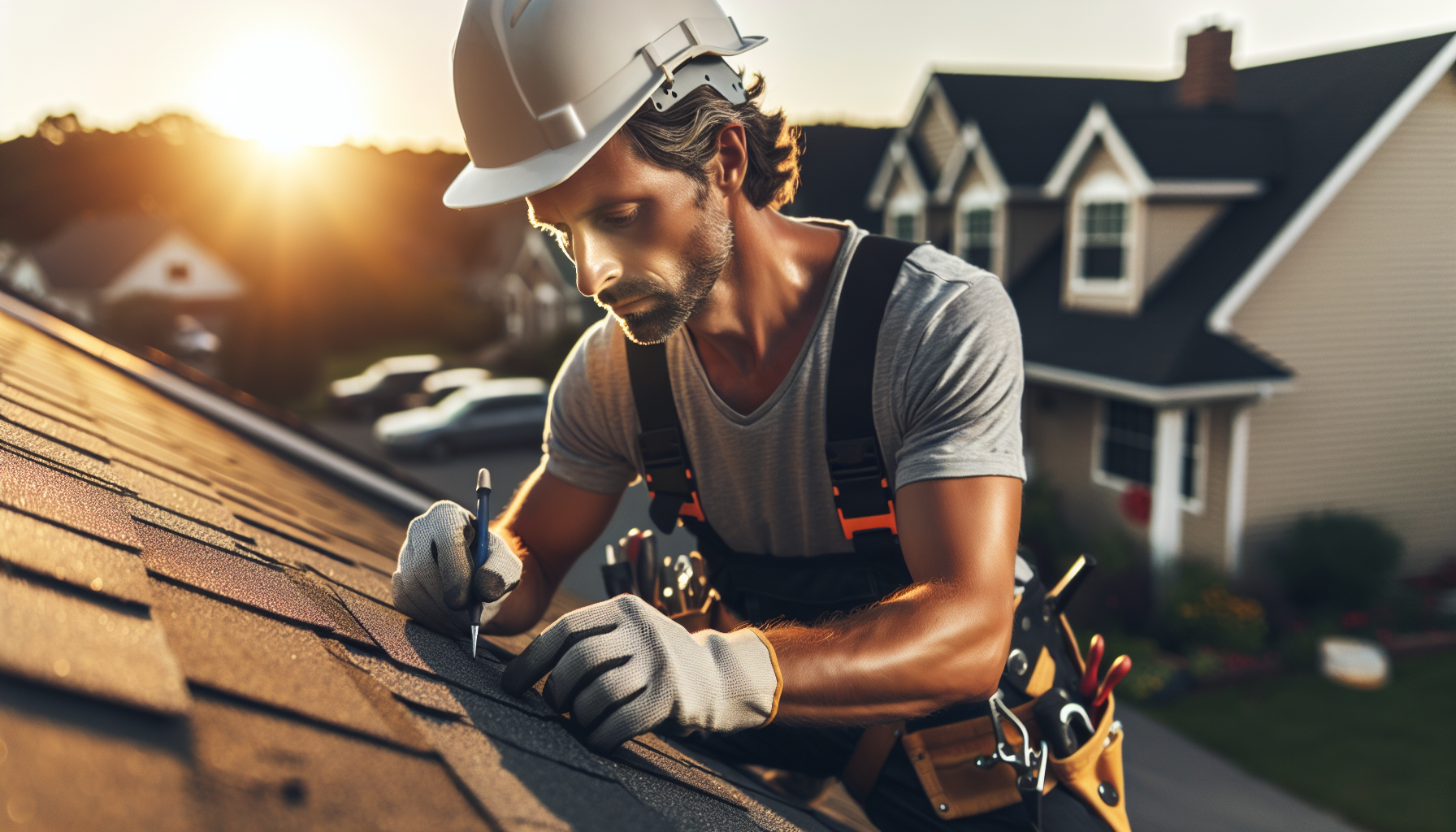
Choosing a credible roofing contractor is imperative when managing roof damage. A good contractor not only offers high-quality repair or replacement services but can also assist you in handling insurance claims. Besides, they can help you understand your insurance policy and prepare necessary documentation for your claim.
When choosing a roofing contractor, consider the following factors:
-
Experience
-
Reputation
-
Licensing
-
Insurance coverage
Check their credentials and consult previous customers if possible. Besides, make sure they have experience in dealing with insurance claims. This can make the entire process much smoother and increase your chances of getting a favorable claim settlement.
Working with Your Insurance Adjuster
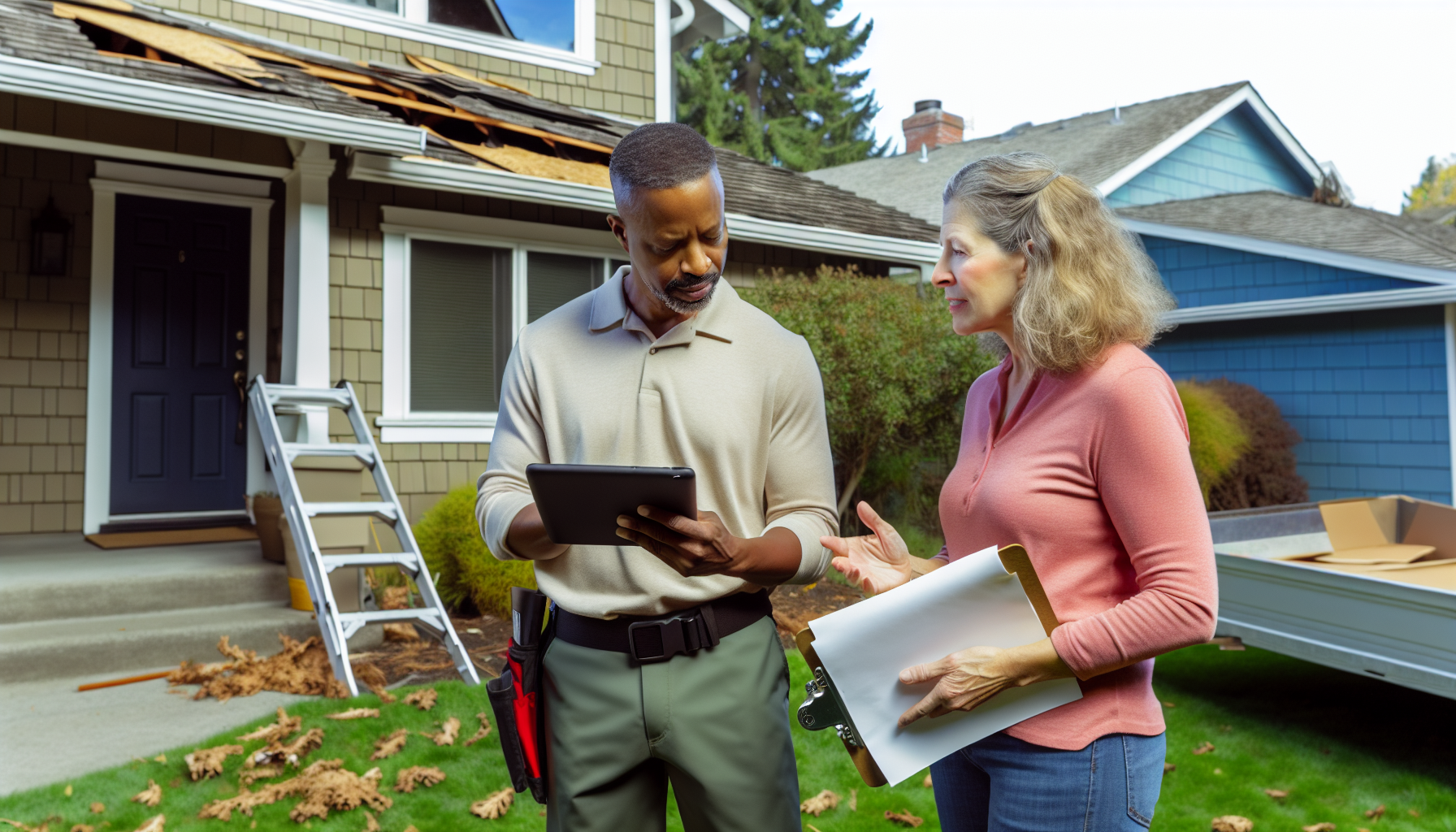
An insurance adjuster holds a significant role in the roof replacement claim process. They assess the damage to your roof and determine the extent of the damage. Thus, a productive collaboration with your insurance adjuster is essential to achieve the most favorable outcome.
Before meeting with the adjuster, gather all necessary documentation, including photos and videos of the damage, and a detailed report of the damage and necessary repairs. Also, understand your policy well to discuss your claim confidently.
Throughout the meeting, the adjuster will examine the damage. Having your roofing contractor present at the time of inspection can be advantageous. They can provide their expertise and documentation of damage to bolster your claim.
Finally, remember that you have the right to negotiate your claim. Be assertive in discussing your claim and aim for the best possible settlement outcome. Don’t hesitate to dispute the outcome if you disagree with the adjuster’s decision.
Meeting with the Adjuster
When meeting with the insurance adjuster, preparation is key. Here are some tips to help you:
-
Establish clear expectations.
-
Thoroughly document the damage.
-
Actively participate in the inspection.
-
Keep an itemized list of any damaged property.
-
Maintain a record of all interactions with the adjuster.
During the meeting, the adjuster will assess the situation and inspect the roof damage. They may ask you about the cause of the damage and the maintenance of the roof, so be ready to answer these questions. Remember, honesty is crucial in reporting your loss.
Negotiating Your Claim
Engaging in negotiation with the adjuster is a significant part of the process. Here are some steps to follow:
-
Compile a detailed review of your policy and gather all documentation of the damage.
-
Conduct a private roof inspection.
-
Obtain several bids for repair or replacement.
Following these steps can strengthen your position in the negotiation process.
If you disagree with the adjuster’s decision, you have options. You can file a written complaint with your insurer’s complaints department or dispute the outcome of your claim. The negotiation process can take a few weeks to several months, depending on the complexity of the repairs and the level of cooperation between you and the insurance company.
Financing Options for Roof Replacements Not Covered by Insurance
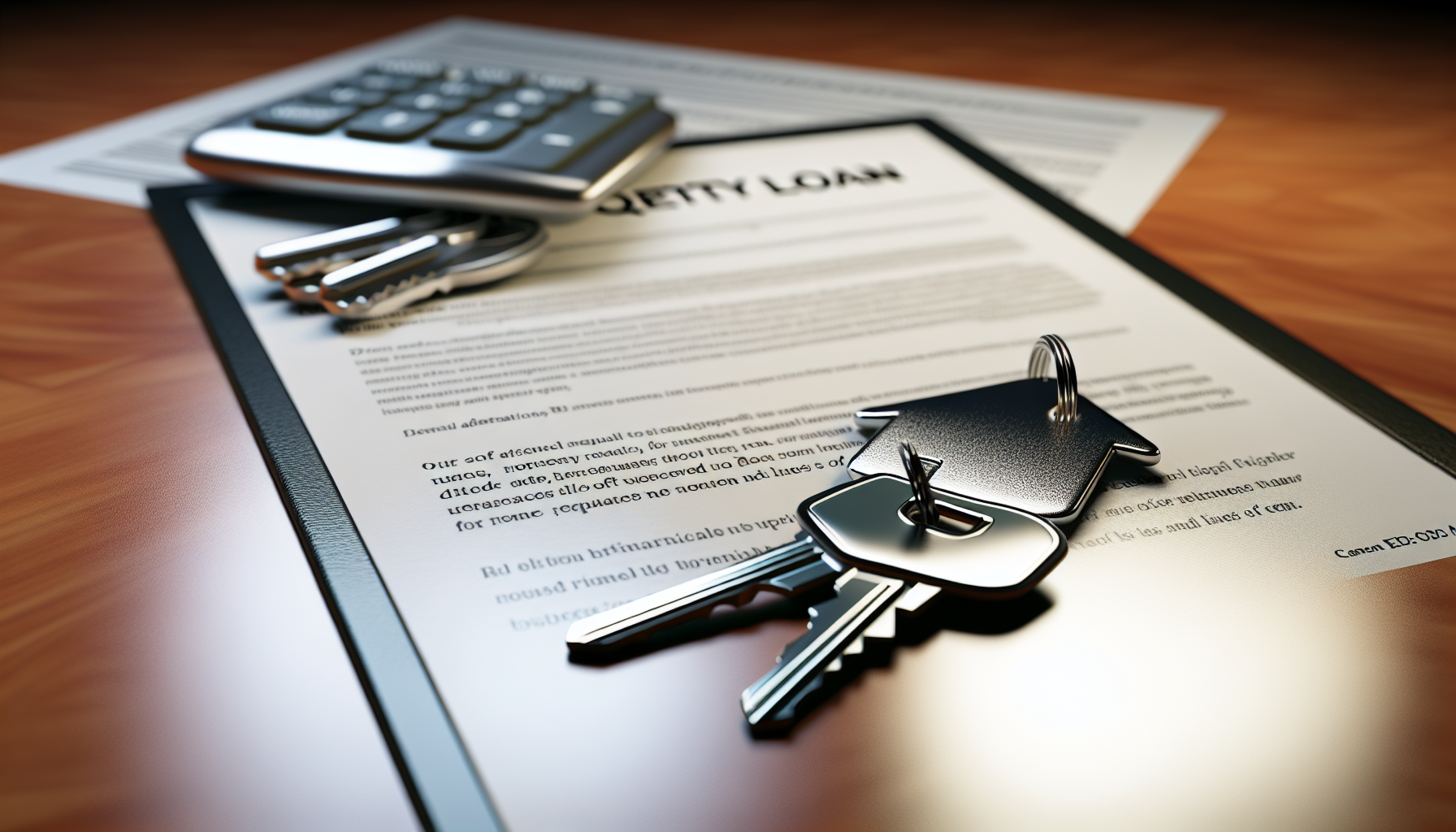
If your roof replacement is not covered by insurance, don’t worry. There are several financing options available to you, including:
-
Home equity loans
-
Home equity lines of credit
-
Personal loans
-
Credit cards
-
Government-insured loans
These are some of the most suitable financing options for your roof replacement.
Before choosing a financing option, take into account factors such as:
-
interest rates
-
repayment terms
-
approval process
-
monthly payments you can afford
Always compare the total costs and evaluate the risks associated with each option before making a decision.
Home Equity Loans and Lines of Credit
For roof replacements, home equity loans and lines of credit are prevalent financing choices. A home equity loan involves using your house as collateral to borrow a lump sum of money, which is then repaid over time with fixed monthly payments. These loans generally offer lower interest rates compared to credit cards or personal loans.
On the other hand, a home equity line of credit (HELOC) provides flexibility as funds can be accessed as needed up to the approved credit limit. However, securing a HELOC typically entails meeting criteria such as having a solid credit history, stable income, and adequate equity in the home.
Contractor Financing Plans
Another feasible alternative includes contractor financing plans. They allow homeowners to divide the cost of the roof replacement into more manageable monthly payments. Roofing companies typically provide these financing options, either through in-house arrangements or third-party lenders.
Some contractors, like Rapid Roofing, offer attractive financing plans to help homeowners afford roof replacements not covered by insurance. With over 30 years of experience in the industry, Rapid Roofing provides expert services and is committed to customer satisfaction.
Avoiding Scams and Unreliable Contractors
Even though handling roof damage can be challenging, exercising caution while selecting a roofing contractor is crucial. Unfortunately, the roofing industry is not immune to scams and unreliable contractors.
It’s vital to identify storm chasers and confirm contractor credentials to steer clear of scams and ensure dependable service.
Recognizing Storm Chasers
Storm chasers are those contractors who offer roofing services in regions impacted by substantial storm events. They usually go door-to-door offering quick repairs and taking advantage of the recent storm damage. However, they often offer subpar repairs that might not last, leading to potential issues in the future.
Storm chasers can also lead to higher premiums for home insurance as they contribute to a rise in claims after a storm, which increases costs for insurance companies. Hence, it’s key to proceed cautiously and collaborate solely with reputable contractors.
Verifying Contractor Credentials
Prior to hiring a contractor, it’s essential to confirm their credentials. Check their license number on the website of your state agency that regulates contractors or through your state’s online database of licensed contractors. Also, ensure that they have the necessary insurance coverage.
A reputable roofing contractor should also possess certain certifications, like the GAF Master Elite®. Obtaining such certifications shows that they undergo continuous training, ensuring that they provide quality service.
Summary
In conclusion, understanding your homeowners insurance policy, working effectively with your insurance adjuster, and choosing a reputable roofing contractor are crucial steps to ensure that you get the best possible coverage for roof replacements. If your insurance doesn’t cover the replacement cost, consider other financing options. Remember, maintaining your roof properly can prevent unnecessary damage and save you from hefty repair costs. It’s always better to be proactive than reactive when it comes to your roof!
Frequently Asked Questions
Should I tell insurance about new roof?
Yes, you should inform your insurance company about your new roof, as it can help reduce your homeowner’s insurance.
What if my homeowners insurance is dropped because of my roof?
If your homeowners insurance is dropped due to your roof’s condition, you should take immediate steps to address the issue, such as seeking professional inspection and initiating repairs, in order to regain coverage and protect your home.
Are there government grants available for new roofs in the USA?
In the USA, government grants for new roofs are generally not provided. However, there may be government-funded programs aimed at home repair for low-income households or areas affected by natural disasters. These programs might cover roof repairs, but full roof replacement is typically not included.
What types of roof damage are typically covered by homeowners insurance?
Roof damage caused by weather events like windstorms, hail, and lightning strikes is typically covered by homeowners insurance. Keep in mind that coverage may vary by policy.
What are the common exclusions and limitations in homeowners insurance policies?
Common exclusions in homeowner’s insurance policies often include the age of the roof, specific location-based risks, and damage caused by neglect or improper maintenance.
